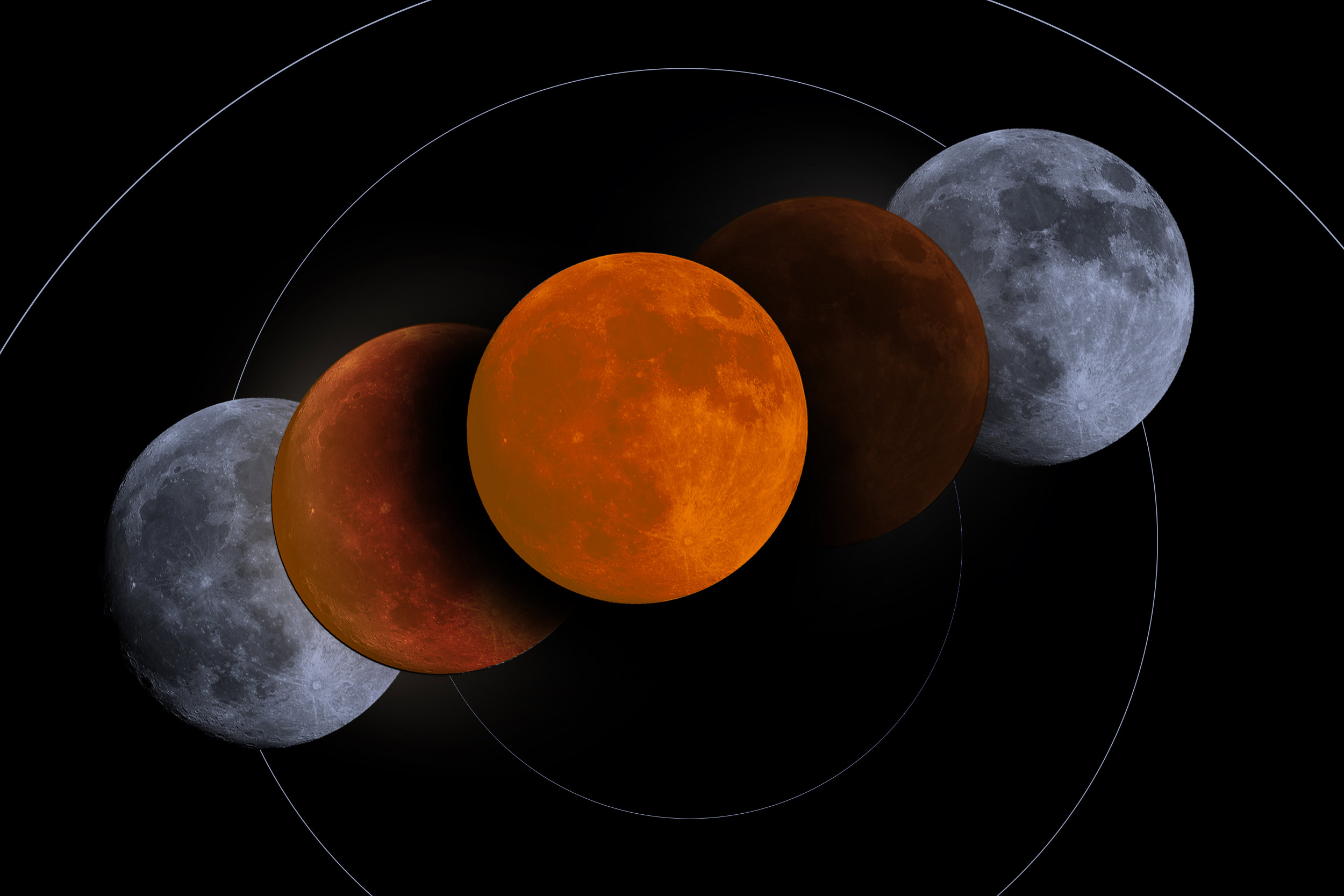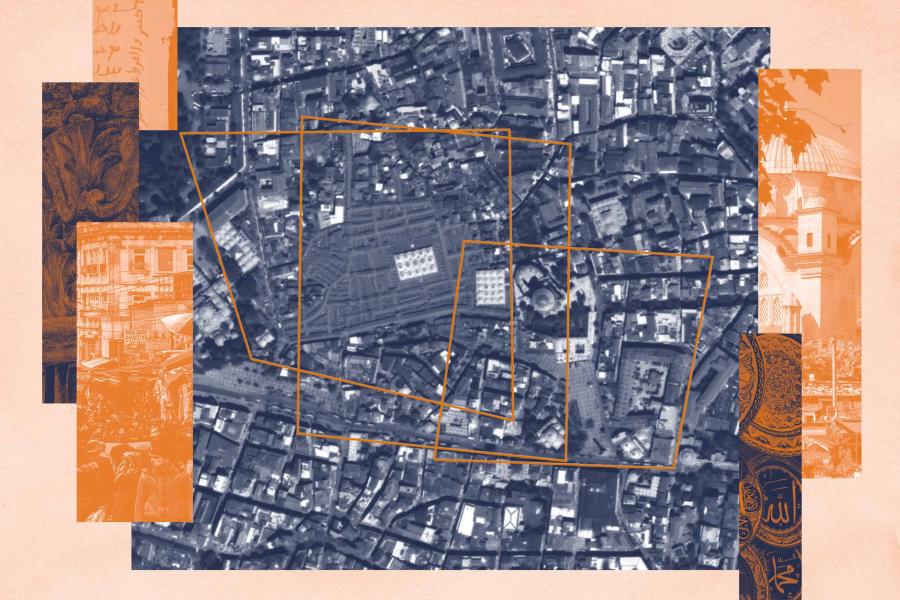The night sky will get a little darker early Friday morning.
A lunar eclipse will begin just after midnight as the Earth passes between the sun and the moon, blocking the sunlight the moon usually reflects.
“In Charlottesville, the eclipse starts in its ‘penumbral’ phase just before midnight – technically at 11:57 p.m. on March 13 – when the edge of the full moon first touches the edge of the lightest part of the Earth’s shadow, and the moon starts to get slightly dimmer,” said Matt Pryal, assistant professor in the University of Virginia’s astronomy department.

Astronomer Matt Pryal says lunar eclipses have played an important role in mankind’s understanding of the solar system. (University Communications photo)
But the penumbral phase won’t be the most dramatic part.
“The main part of the show happens when the moon moves into the darkest part of the Earth’s shadow, called the umbra, which for us in Charlottesville will start at about 1:10 a.m. on March 14,” Pryal said. “From that point until totality ends, the moon’s brightness will change drastically as if a chunk of its light is disappearing, because it’s in the shadow of the Earth.”
The entire moon will enter the darkest part of Earth’s shadow at 2:26 a.m. and remain there until 3:30 a.m.
“When the full moon is in the darkest part of the shadow, it famously looks reddish to the human eye since there is some sunlight that is refracting through the Earth’s atmosphere and reflecting off the sun,” Pryal said. “Just like during sunrise/sunset where the sun looks red, the moon will too, due to this refracted and then reflected sunlight.”










